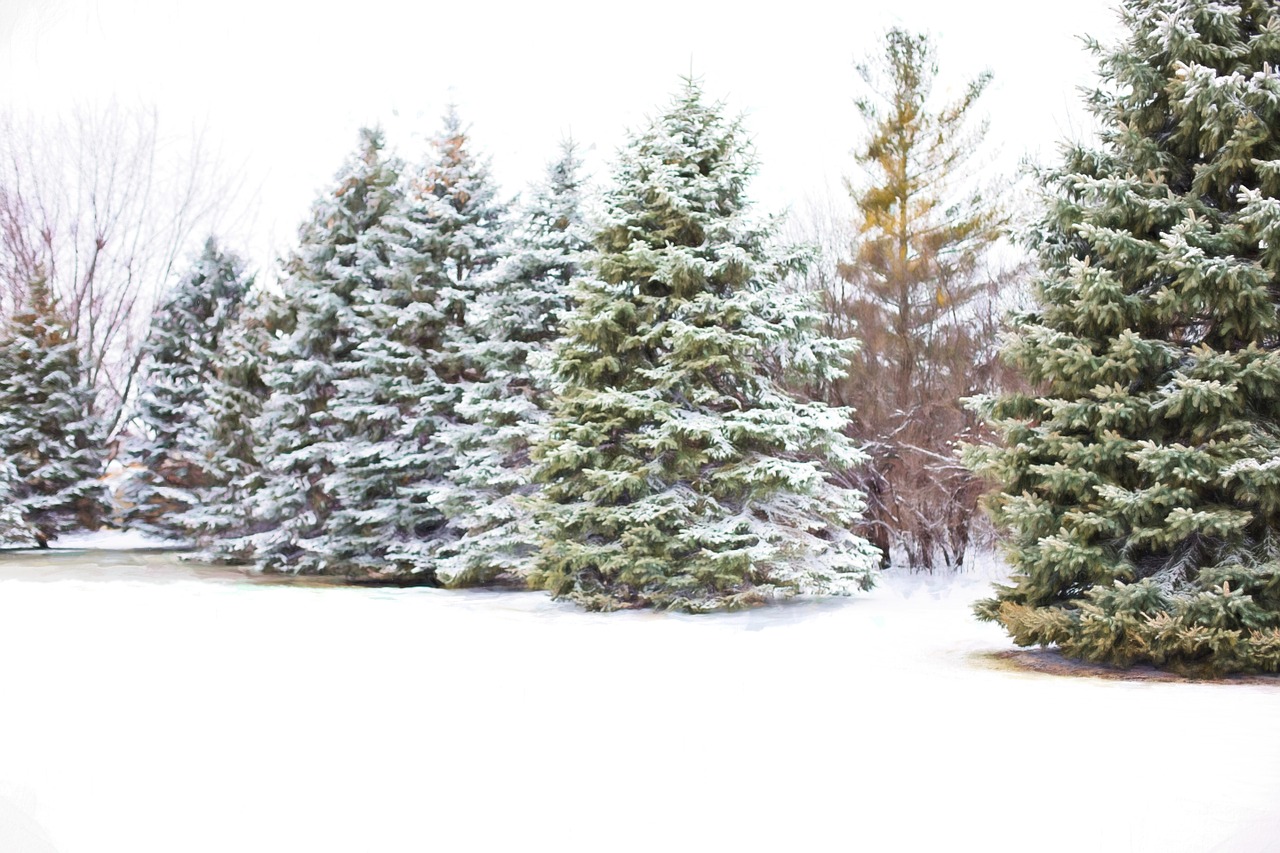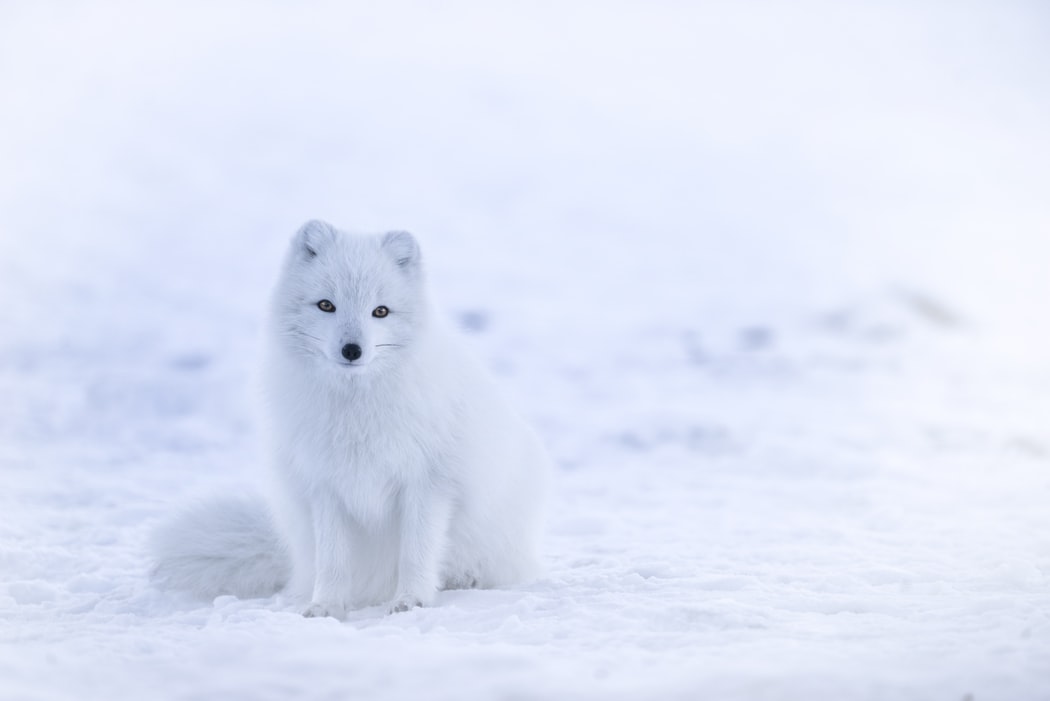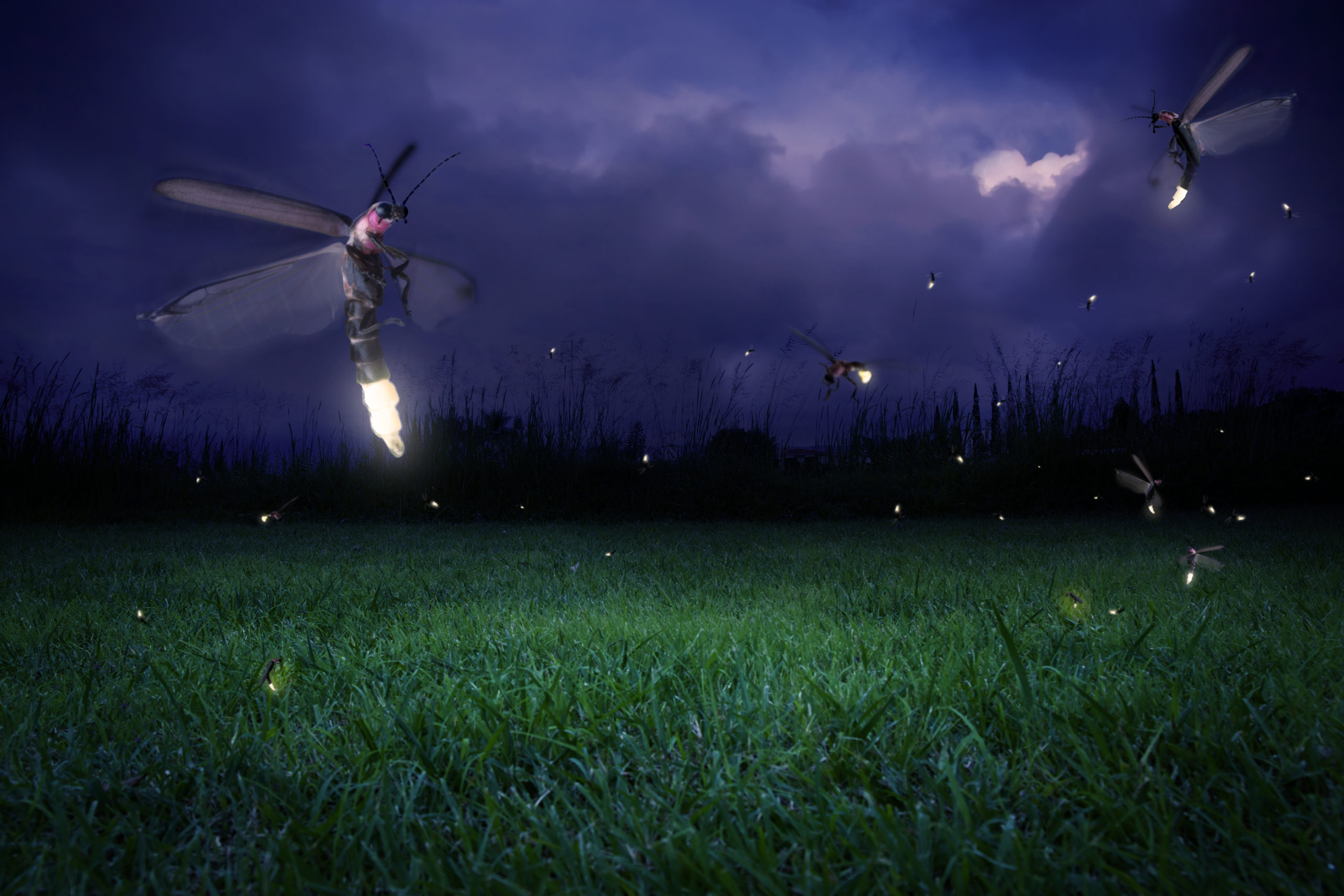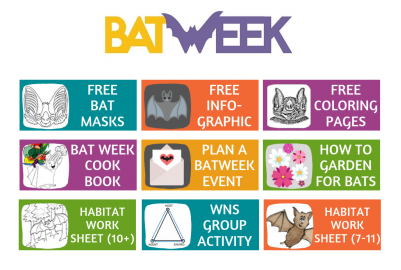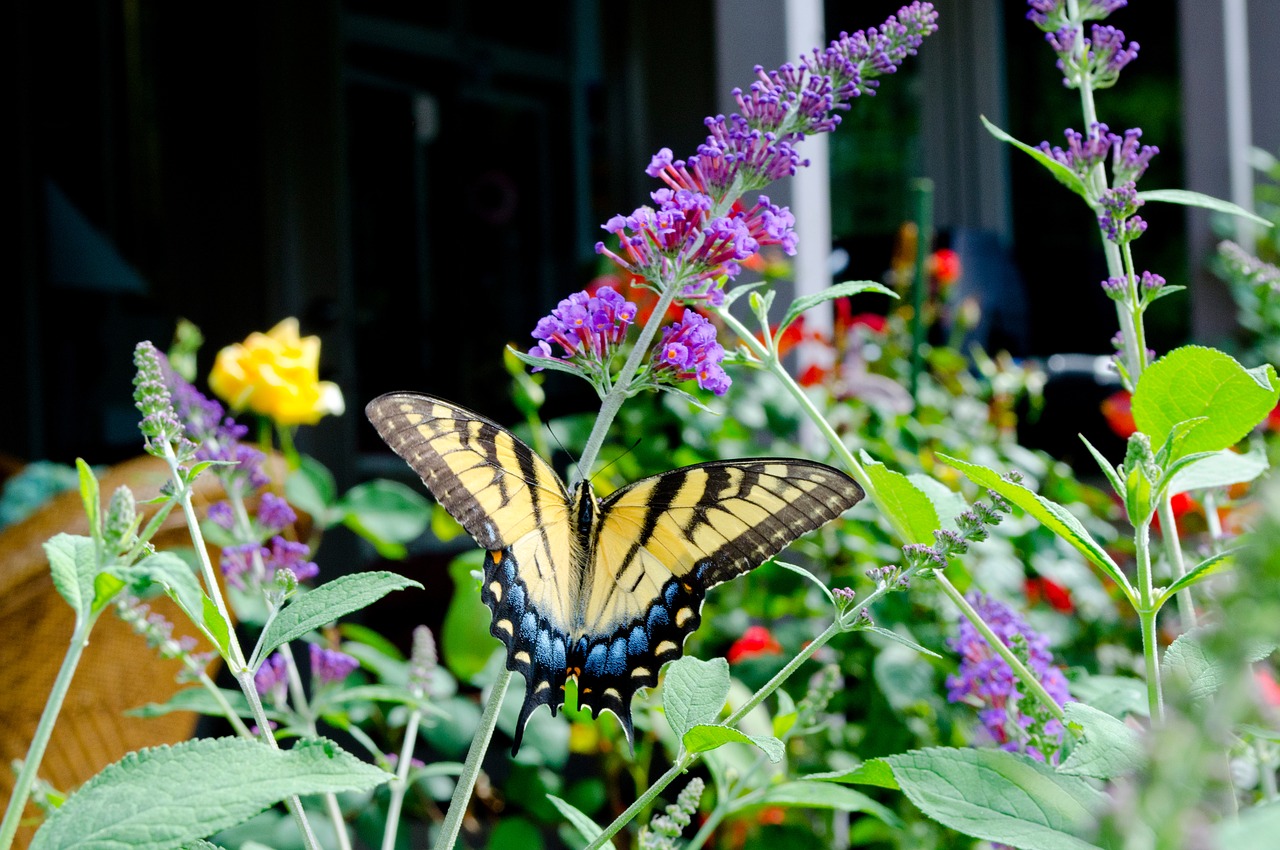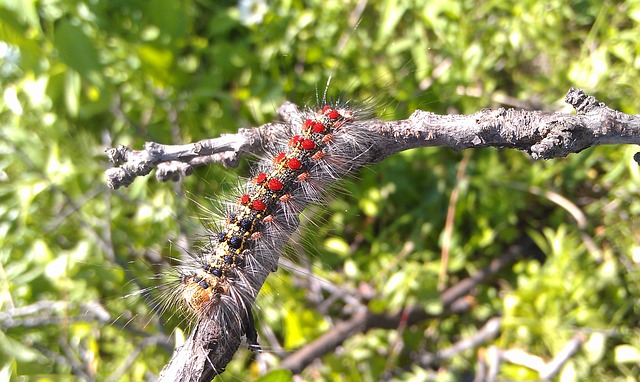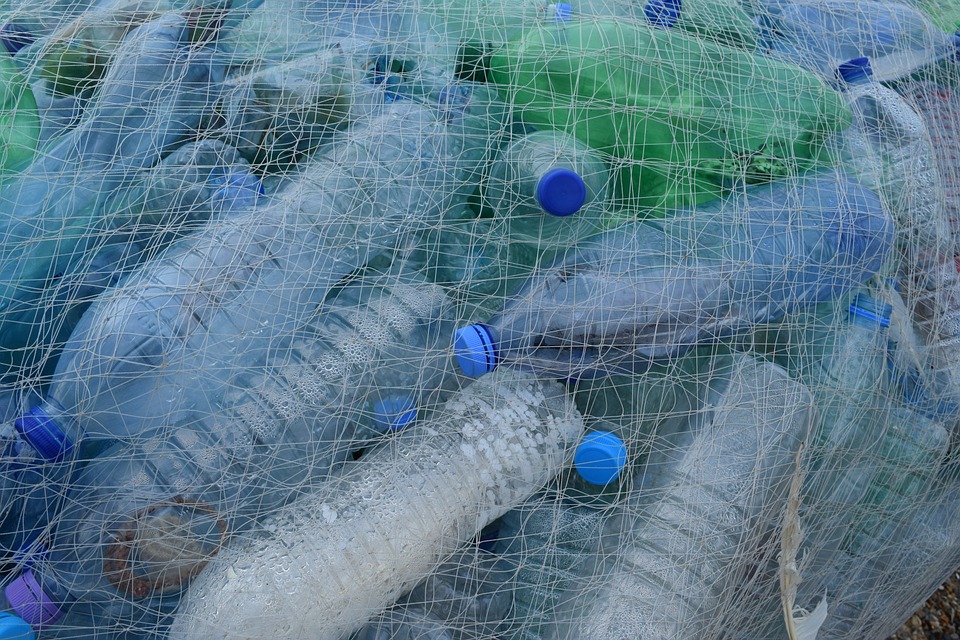January 10, 2020 | By Tammy Brown | Educator Tips
Evergreens provide food and shelter for animals facing harsh winter conditions. Learn how animals use evergreen trees as food and shelter, and use these ideas to bring your students outdoors in winter and observe wildlife.
December 2, 2019 | By Tammy Brown | Educator Tips, Getting Started
As the temperature outside begins to drop, noticeable changes take place all around us. All living things, including humans, must adapt to their environment in order to survive. Let’s take a closer look at how plants and animals prepare for winter.
November 1, 2019 | By Jennifer Ventimiglia | Educator Tips
As a 7th grade Environmental Science teacher, I often turn to PLT for ideas and inspiration. So when my state adopted new environmental science content and guidelines earlier this year, I took a deep breath and opened my trustworthy PreK-8 Guide for inspiration. It’s helped me through previous curriculum and standards changes in years past, and not surprisingly, I found more than 15 engaging activities to strongly correlate with the new state guidelines.
October 13, 2019 | By Tammy Brown | Educator Tips, Getting Started
Some animals, insects, and organisms have evolved to produce light for various reasons. Capture your students’ curiosity and love of learning by using bioluminescence as a springboard into the world of luminescence. There are many ways of adapting glow-in-the-dark lessons to a variety of subjects and grade levels.
October 4, 2019 | By Project Learning Tree | Educator Tips, Getting Started
Bat Week is Oct 24-Oct 31! Use this annual celebration timed with Halloween to teach kids about the important role bats play in nature. As insect eaters, pollinators, and seed spreaders, bats provide critical services for our ecosystem. Share these facts about bats with your students… Read more »
September 23, 2019 | By Tammy Brown | Educator Tips
Supplement your curriculum across subject areas with these 8 easy activities with a sustainability theme for middle school students.
August 7, 2019 | By Tammy Brown | Educator Tips, Getting Started
Plants help protect insects, and insects help plants pollinate and disperse seeds. Learn about some specialized symbiotic relationships that benefit both organisms involved.
June 28, 2019 | By Tammy Brown | Educator Tips, Getting Started
An invasive species is any kind of organism that is not native to an ecosystem and causes harm to the environment, economy and possibly even human health. Lymantria dispar, Asian longhorned beetles, emerald ash borers, and woolly adelgids are among the growing list of invasive insects that threaten U.S. forests and urban landscapes.
April 11, 2019 | By Tammy Brown | Educator Tips, EE Resource, Getting Started, Greening Schools
Thirty-two percent of the plastics produced each year flow into our oceans. Here are a few ways you can encourage your students to reflect on how much plastic they use and how they can reduce their plastic consumption to protect the environment.
March 16, 2019 | By Tammy Brown | Educator Tips, Getting Started
These experiments, games, and activities can help students in grades K-8 learn about the effect pollution has on the environment and inspire us to make a change.
